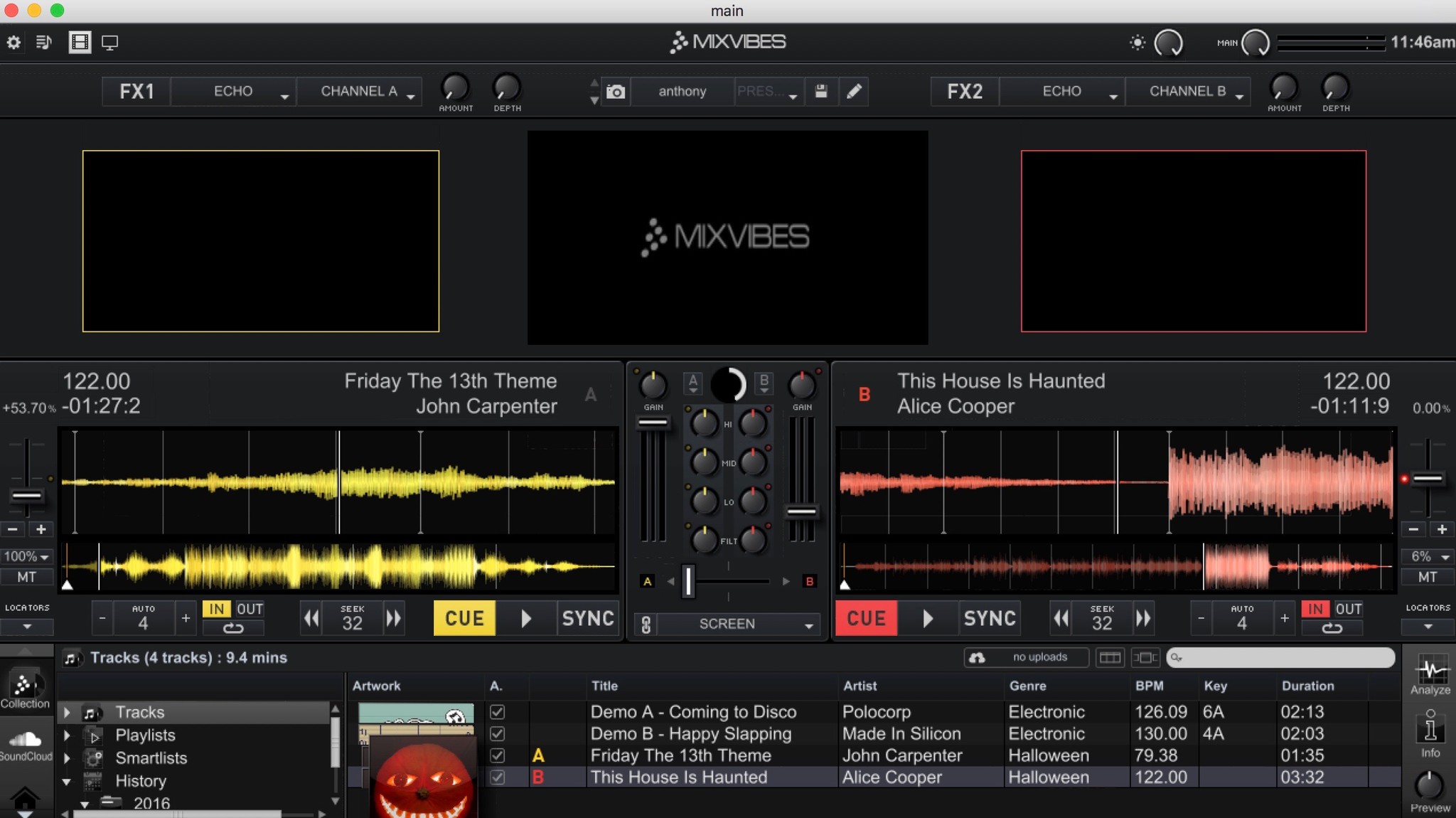


Tap an image with three fingers to have it described.VoiceOver: Listen to what is happening on your screen such as device battery level, which app your finger is on, and who is calling Available only on iOS 13 or later and iPadOS.Customize commands and add new words to Voice Control's vocabulary.Speak commands such as, “Tap Accessibility”.Your voice substitutes for tapping, swiping, typing, and other movements.Voice Control: Use your voice to fully control your device For example, Voice Control is under “Physical and Motor.” 2 To turn them on, go to “Settings” and then “Accessibility.” Most are listed under “Vision,” but a few are elsewhere. On Apple devices, you'll find Voice Control, VoiceOver, Siri, Dictation, Zoom, Large Text, and Invert Colors, among others. However, you need to enable these features they don't come turned on by default.įYI: If you’re looking for a new cell phone with accessibility features and helpful apps, visit our list of the top cell phones for seniors or our guide to the best senior-friendly smartphones to find a phone that fits your needs. Your phone or tablet offers accessibility features to help you use the device and many types of apps. Helping Seniors with Poor Vision Remain Independent.Standalone Apps for People with Poor Vision.

Last but not least, the guide discusses how senior citizens' loved ones can help them maintain their independence. It also touches on digital assistants such as Alexa and how they work with smart home devices. This guide explores a wealth of features and apps for people with vision issues. Meanwhile, apps such as Google Maps, Be My Eyes, and Seeing AI are just a hop away in your device's app store. The trick is to keep your device and its operating system as up-to-date as possible. Accessibility features such as Voice Control, Magnifier, and Zoom are available on most phones and tablets, even those a few years old. Technology is a great help, and it keeps getting better. That's because of presbyopia, a condition in which the ability to clearly see things up close decreases. Interestingly, age-related vision impairment may become noticeable in a person's early 40s. It afflicts people of all ages, especially seniors. Poor vision is frustrating and can mean anything from trouble seeing things up close to loss of central vision to complete blindness.


 0 kommentar(er)
0 kommentar(er)
